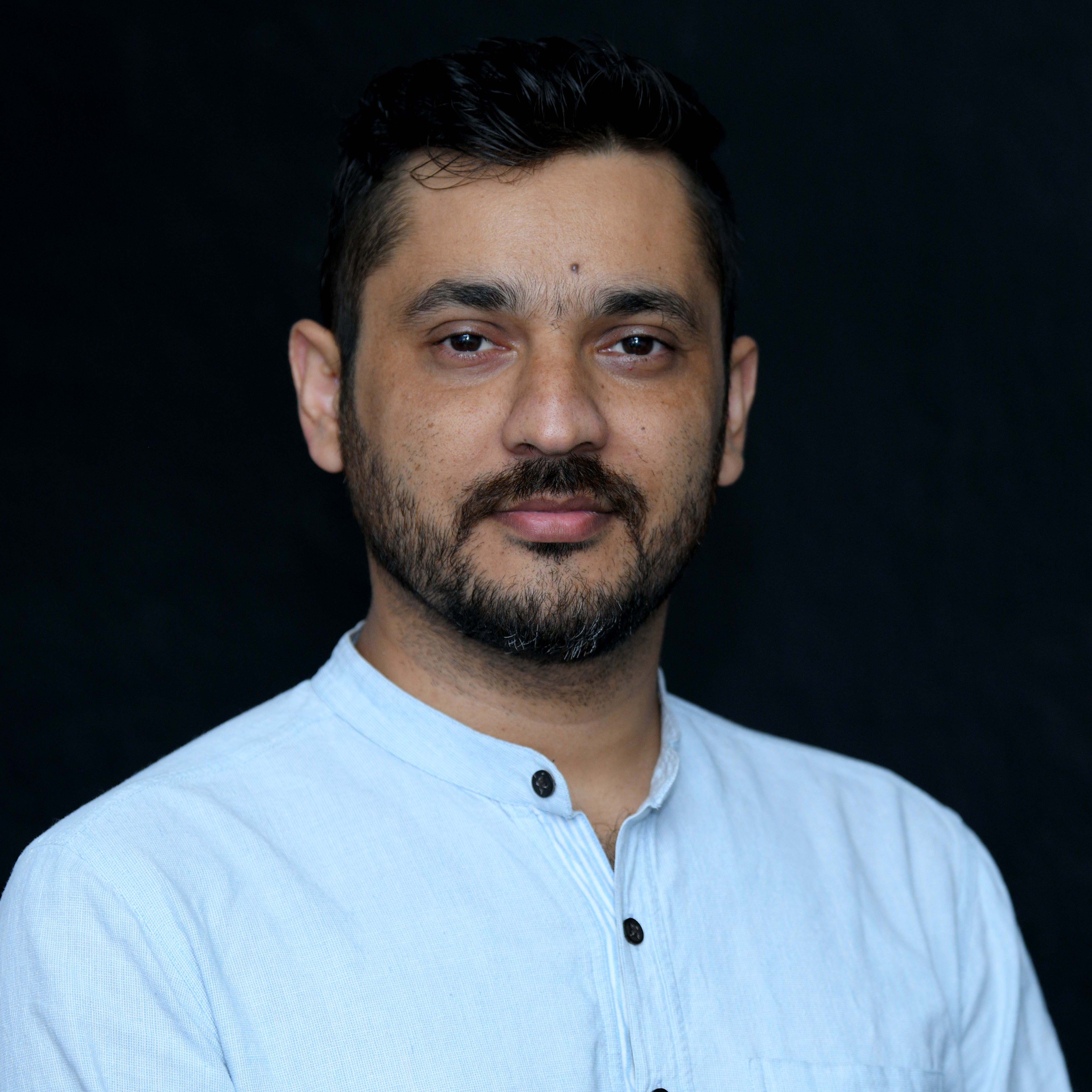Columns
Storytelling in the age of spectacle
Mountain man Paka’s story is quickly becoming a public drama, and he risks losing his very being.
Dinesh Kafle
A year and a half ago, Bidhya Chapagain and her team of Herne Katha (Seeing Stories) visited the distant Chum Valley in Gorkha District to follow the story of Phunjo Lama. But soon they met Prakash, or Paka, a shadow figure living in oblivion for over three decades in the valley after being lost from Kathmandu. He had only hazy memories of his family and home in Jhapa, and his real name—Kale Tamang. The Herne Katha team soon began tracing his footsteps back to Jhapa. Along the journey, Paka’s memories of his childhood, his family and his home came back alive in bits and pieces. Ultimately, he found his family back—in Jhapa, where his sisters lived, and in Bhojpur, where his parents and brothers had resettled.
On the eighth day of its premiere, as “The Lost Years” had reached 8.7 million views on YouTube, Paka had risen as a folk hero and the Herne Katha team garnered accolades and criticisms aplenty. A curious mixture of his destiny and Herne Katha’s storytelling helped him find home. But long after Herne Katha stopped rolling, his story continues to unravel. From a story, he is slowly metamorphosing into a content as he is being pushed towards uncharted territories. The return from social media-fed stardom to reality is rather troublesome and tragic—as we have seen in the case of the young Sachin Pariyar. Known for his quirky humour and mediocre singing, Sachin became an overnight sensation. Soon, his broken family became a feed for content creators; his father, nicknamed Kaloute, became a celebrated villain; and the child was made to beg on the streets of Kathmandu.
The estrangement
As Paka metamorphoses into a subject for content creators, he is quickly losing the plot of his story. As YouTubers seek newness in their content, Paka will be encouraged to fabricate his hardships and seek financial support—things he had hardly ever done before. In no time, having repeated the fabrications on camera umpteen times, he will learn to believe them, even become obsessed with them. Questions about the inconsistencies in his plotline will follow, and he will have to supplement fabrications with lies. In no time, Paka will have lost touch with his story. Unless another good samaritan jumps in to save Paka from the viral infection of social media-driven stardom, this is more or less his trajectory in the next few weeks.
There are some tell-tale signs of Paka’s downfall already: His parents have already started crying in front of YouTubers; his brother has already started reciting stale chutkilas; local politicians have offered him land to build a home; provincial and federal government representatives have promised to help him; and the common public have begun garlanding him and offering him money. The man who had mastered the art of living in the mountains will soon be tutored in the art of lying in front of the camera. Negotiating the journey from innocence to experience is often more difficult than spending cold winter nights in the company of yaks and sheep. Finding home should never be accompanied by the loss of self, but that is what happens when the story loses its plot.
The spectacle
The history of the media is a story of fabrications. Folklores and myths, poetry and prose, or stories and reels, all depend on some bit of fabrication by the media that bear them—oral, visual, or tactile. The heroes we celebrate or the villains we loathe have all come to us through some sort of fabrications by the media ecosystem. From cave paintings' exaggeration of Neanderthal life to ChatGPT's fabrication about the books this author has not written, media of all forms exist in the interstitial space between truth and falsity. No wonder that Bidhya Chapagain and her Herne Katha team were criticised for "fabricating" Paka's story of hardship. Rather than wait for over a year to sell his story, we are told, the makers should have yelled about it into the ears of the authorities—meaning the exploitative system—for punitive action. If nothing, they should have at least asked difficult questions to Paka's master who had kept him without pay for over three decades.
In the normative sense of action-oriented journalism, the criticisms against Herne Katha are not unfounded. A deeper probing into what led to Paka's misery would certainly have led to greater accountability from his master and the systems that disallow people like him from finding their way home. But not every story that involves a camera, a voiceover and a character is journalism, much less investigative journalism. Though with backgrounds in journalism, the Herne Katha team, in identifying themselves as storytellers, have not, at least now, made any serious claim to being activist-journalists. Rather, their interest seems to be in bearing witness and telling a good story. Everybody loves a good story, no matter whether it is that of selling dreams or shedding tears. Unless they resort to sensationalism and journalistic grandstanding, a bit of melodrama narrating the bittersweet story of a man lost in the mountains for 30 years is no big deal.
But Paka's story is quickly becoming a public spectacle, and there is a risk of him losing his very being.




 22.64°C Kathmandu
22.64°C Kathmandu














